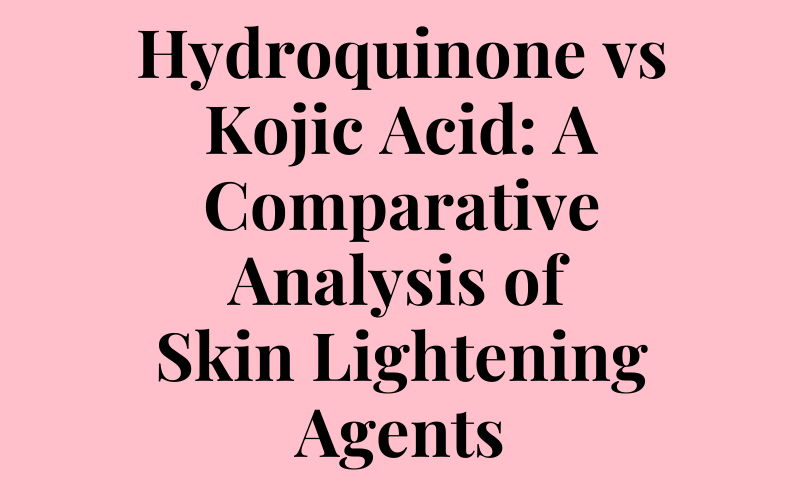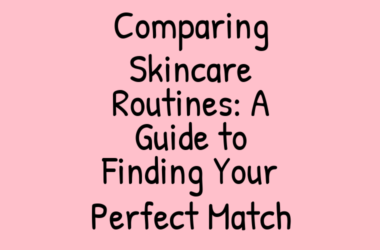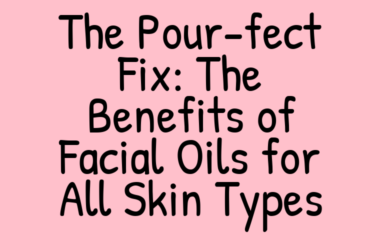Table of Contents
Hydroquinone vs Kojic Acid: A Comparative Analysis of Skin Lightening Agents
The quest for a brighter, more even-toned complexion has driven many to explore various skin lightening agents. Two popular options in this pursuit are hydroquinone and kojic acid. Both have garnered attention in recent years, with newer products emerging on the market, leaving consumers with a plethora of choices. But, which one is best? In this in-depth analysis, we’ll delve into the difference between hydroquinone and kojic acid, exploring their mechanisms of action, efficacy, and potential side effects.
Hydroquinone
Hydroquinone has been a stalwart in the skincare industry for many years, used as a effective skin whitening agent. Developed in the 1950s, it inhibits the production of melanin, reducing its concentration in the skin thereby achieving a lighter complexion. However, the success of hydroquinone comes with concerns over its safety, as long-term use can lead to side effects such as skin thinning, redness, and a blue-gray coloration.
Kojic Acid
On the other hand, kojic acid is newer to the market, having been used in traditional medicine for centuries. Grown from fungus, it has been known to have antioxidant, antibacterial, and anti-inflammatory properties. In skincare, kojic acid works by interfering with the melanin-producing pathway, also reducing its concentration and yielding a lighter complexion. Unfortunately, kojic acid is also associated with its own set of drawbacks, such as skin redness, itching, and increased sensitivity to the sun.
Despite the wrinkles, both hydroquinone and kojic acid have gained popularity due to newer, safer, and more effective formulations. Below are some products from both categories that are known to be well-received and reviewed by customers.
Recommended Products
-
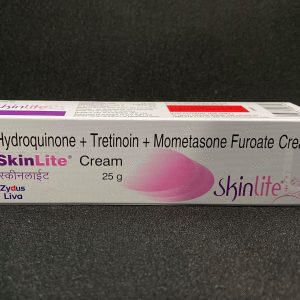 Skinlite Cream 25gKD4.000
Skinlite Cream 25gKD4.000 -
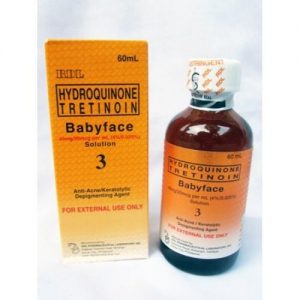 RDL Babyface Solution No. 3 60mlKD2.000
RDL Babyface Solution No. 3 60mlKD2.000 -
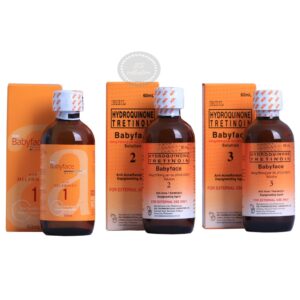 RDL Baby Face Solutions #1, #2 Or #3 60mlKD2.000
RDL Baby Face Solutions #1, #2 Or #3 60mlKD2.000 -
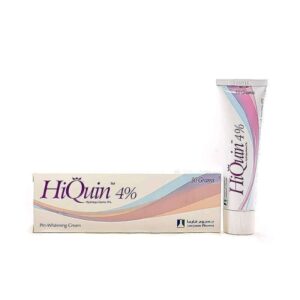 4% Hydroquinone HiQuin Cream 30gKD4.000
4% Hydroquinone HiQuin Cream 30gKD4.000 -
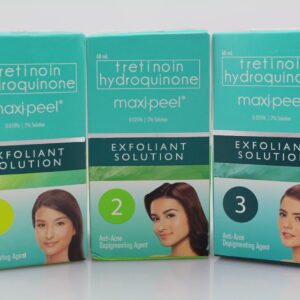 Tretinoin, Hydroquinone Maxi-Peel Exfoliant Solution 60 mLKD2.000
Tretinoin, Hydroquinone Maxi-Peel Exfoliant Solution 60 mLKD2.000 -
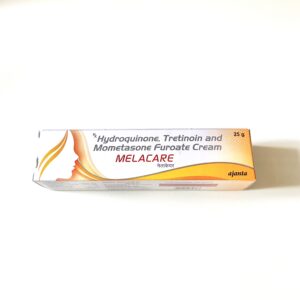 Melacare Hydroquinone + Tretinoin + Mometasone Furoate Cream 25gKD3.500
Melacare Hydroquinone + Tretinoin + Mometasone Furoate Cream 25gKD3.500 -
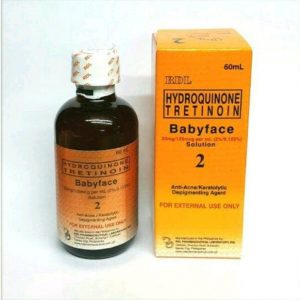 RDL Babyface Solution No. 2KD2.000
RDL Babyface Solution No. 2KD2.000 -
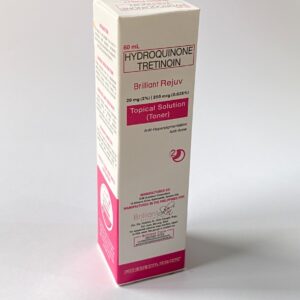 Hydroquinone Tretinoin Brilliant Rejuv Toner 60mlKD3.000
Hydroquinone Tretinoin Brilliant Rejuv Toner 60mlKD3.000 -
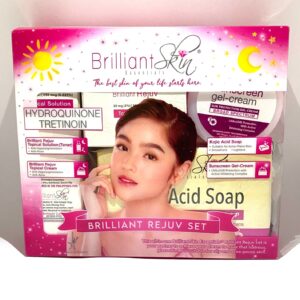 Brilliant Rejuv Set – Hydroquinone TretinoinKD7.000
Brilliant Rejuv Set – Hydroquinone TretinoinKD7.000 -
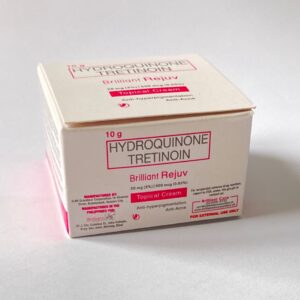 Hydroquinone Tretinoin Brilliant Rejuv Cream 10gKD3.000
Hydroquinone Tretinoin Brilliant Rejuv Cream 10gKD3.000 -
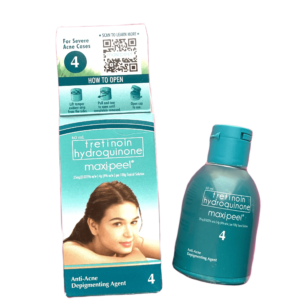 0.025% Tretinoin 4% Hydroquinone Maxi-Peel Solution No.4 60mLKD2.000
0.025% Tretinoin 4% Hydroquinone Maxi-Peel Solution No.4 60mLKD2.000 -
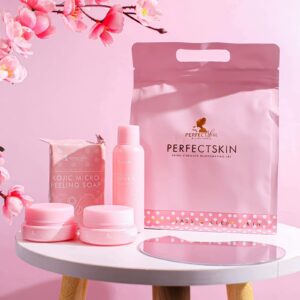 Perfect Skin Extra Strength Rejuvenating SetKD7.000
Perfect Skin Extra Strength Rejuvenating SetKD7.000 -
Product on sale
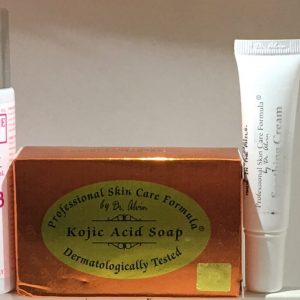 Dr Alvin Rejumax Program 3Original price was: KD9.000.KD7.000Current price is: KD7.000.
Dr Alvin Rejumax Program 3Original price was: KD9.000.KD7.000Current price is: KD7.000. -
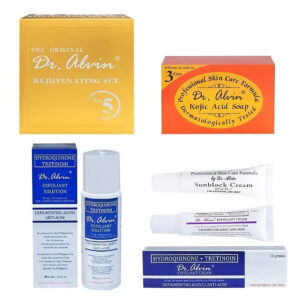 Dr. Alvin Rejuvenating Set No. 5 (Advance) – Hydroquinone + TretinoinKD7.000
Dr. Alvin Rejuvenating Set No. 5 (Advance) – Hydroquinone + TretinoinKD7.000 -
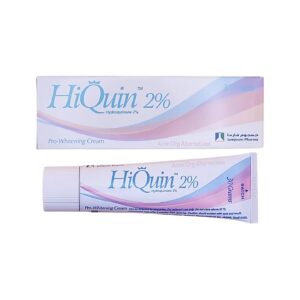 HiQuin Cream 30g – 2% Hydroquinone Solution for HyperpigmentationKD2.750
HiQuin Cream 30g – 2% Hydroquinone Solution for HyperpigmentationKD2.750 -
Product on sale
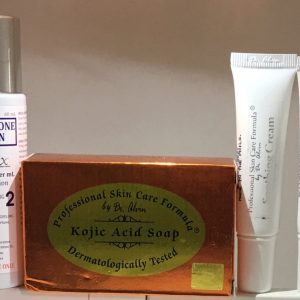 Dr Alvin Rejumax Program 2Original price was: KD9.000.KD7.000Current price is: KD7.000.
Dr Alvin Rejumax Program 2Original price was: KD9.000.KD7.000Current price is: KD7.000. -
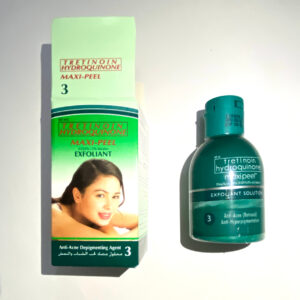 Maxi-Peel Exfoliant No.3 – 0.025%/2% Tretinoin, HydroquinoneKD2.000
Maxi-Peel Exfoliant No.3 – 0.025%/2% Tretinoin, HydroquinoneKD2.000 -
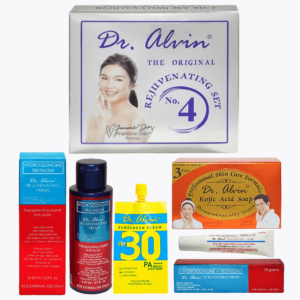 Dr. Alvin Rejuvenating Set No.4 (Prime) – Hydroquinone + TretinoinKD7.000
Dr. Alvin Rejuvenating Set No.4 (Prime) – Hydroquinone + TretinoinKD7.000

